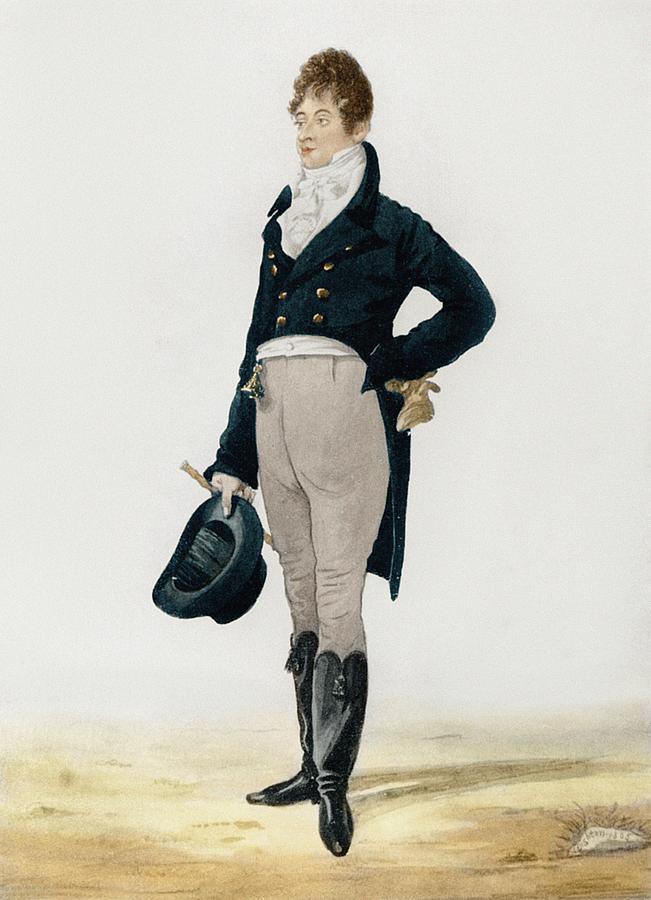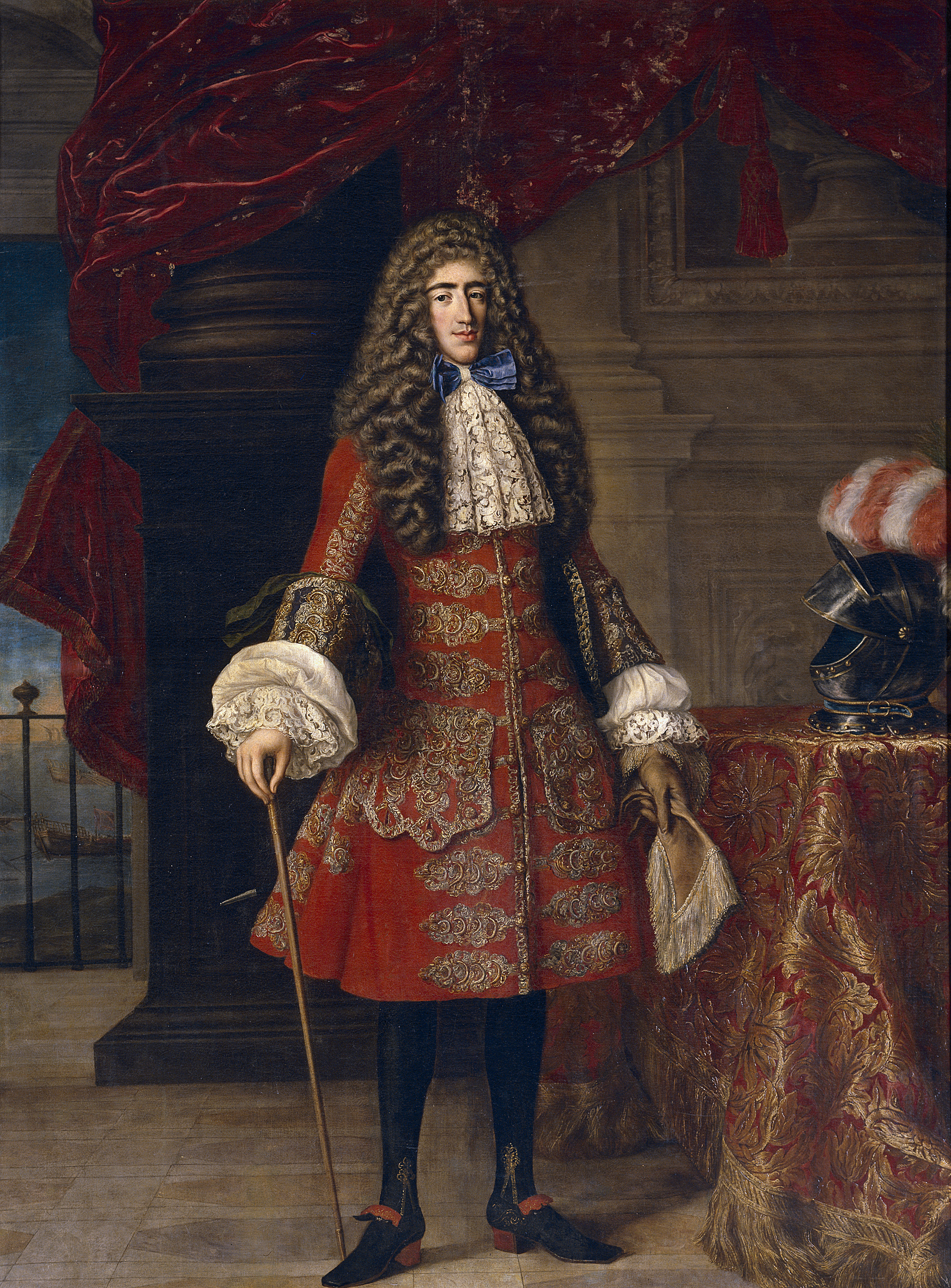Difference between revisions of "Great Masculine Renunciation"
| (3 intermediate revisions by the same user not shown) | |||
| Line 3: | Line 3: | ||
[[File:Voet-duque_de_medinacelli-prado.jpg|thumb|Luis Francisco de la Cerda, c1684.]] |
[[File:Voet-duque_de_medinacelli-prado.jpg|thumb|Luis Francisco de la Cerda, c1684.]] |
||
| − | The [[Great |
+ | The [[Great Masculine Renunciation]], also known as the '''Great Male Renunciation''' is the historical phenomenon at the end of the 18th century in which wealthy Western men stopped using bright colours, elaborate shapes and variety in their dress, which were left to women's clothing. Instead, men concentrated on minute differences of cut, and the quality of the plain cloth. Middle and lower-class Westerners generally wore utilitarian clothing.<ref>https://www.encyclopedia.com/fashion/encyclopedias-almanacs-transcripts-and-maps/working-class-dress</ref><ref>https://archive.is/wip/xcHiC</ref> |
| − | Coined by the Anglo-German psychologist John Flügel in 1930, it is considered a major turning point in the history of clothing in which |
+ | Coined by the Anglo-German psychologist John Flügel in 1930, it is considered a major turning point in the recent history of clothing in which Western men relinquished their claim to adornment and beauty. Flugel asserted that men "abandoned their claim to be considered beautiful" and "henceforth aimed at being [[human doing|only useful]]". The Great Renunciation encouraged the establishment of the suit's monopoly on male dress codes at the beginning of the 19th century. |
{{Featured}} |
{{Featured}} |
||
Latest revision as of 23:23, 13 November 2023
The Great Masculine Renunciation, also known as the Great Male Renunciation is the historical phenomenon at the end of the 18th century in which wealthy Western men stopped using bright colours, elaborate shapes and variety in their dress, which were left to women's clothing. Instead, men concentrated on minute differences of cut, and the quality of the plain cloth. Middle and lower-class Westerners generally wore utilitarian clothing.[1][2]
Coined by the Anglo-German psychologist John Flügel in 1930, it is considered a major turning point in the recent history of clothing in which Western men relinquished their claim to adornment and beauty. Flugel asserted that men "abandoned their claim to be considered beautiful" and "henceforth aimed at being only useful". The Great Renunciation encouraged the establishment of the suit's monopoly on male dress codes at the beginning of the 19th century.
Wikipedia
This article contains information imported from the English Wikipedia. In most cases the page history will have details. If you need information on the importation and have difficulty obtaining it please contact the site administrators.
Wikipedia shows a strong woke bias. Text copied over from Wikipedia can be corrected and improved.

